The 10 Biggest Microsoft News Stories Of 2018
From surging cloud growth, to Windows 10 update woes, to the blockbuster GitHub acquisition, we round up the biggest Microsoft stories that affected solution providers this year.
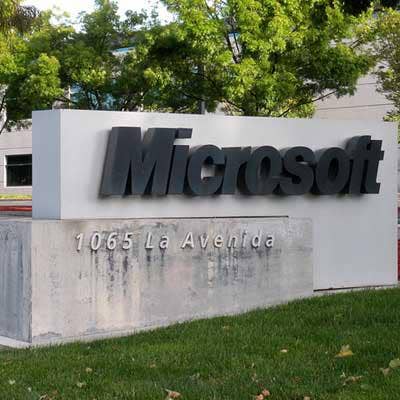
Microsoft's Big Year
After Microsoft's massive sales and channel reorganization of 2017, the company has seen less in the way of big overhauls in 2018, and more focus on executing the strategies in place. And the execution appears to have gone well, with quarter after quarter of strong growth from the Redmond, Wash.-based tech giant.
That doesn't mean there were no major changes--Microsoft split up its Windows team in March, for instance--but Microsoft partners say innovation and seizing market opportunities have been the dominant themes of the year. "The speed of innovation from Microsoft has not slowed down," said Ric Opal, vice president at Oak Brook, Ill.-based SWC Technology--adding that "the focus on business issues by the sales team" has been another top highlight. "The focus has clearly shifted away from product," Opal said.
What follows are the 10 biggest Microsoft news stories of 2018 affecting solution providers.
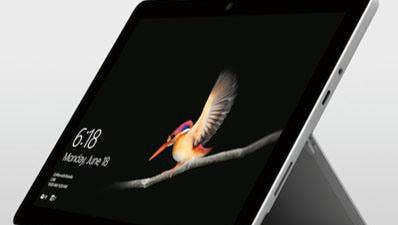
10. Surface Go
Microsoft continued to expand its Surface lineup in 2018, with the company introducing a smaller and affordably priced 2-in-1 Surface tablet—the Surface Go. The tablet marks Microsoft's first release of a cheaper Surface in three years (following the Surface 3 in 2015). While the Surface Go shares some elements in common with Microsoft's productivity-focused Surface Pro, including the ability to work with a detachable keyboard, the tablet has some key differences, as well. Those include a 10-inch display, versus 12.3 inches on the Surface Pro, that helps enable the lower price tag (starting at $399). The size and pricing help to make the Surface Go a legitimate rival to Apple's iPad--and the tablet has come during a year that also saw Microsoft launch the Surface Pro 6, the Surface Laptop 2 and a new version of the Surface Studio all-in-one.
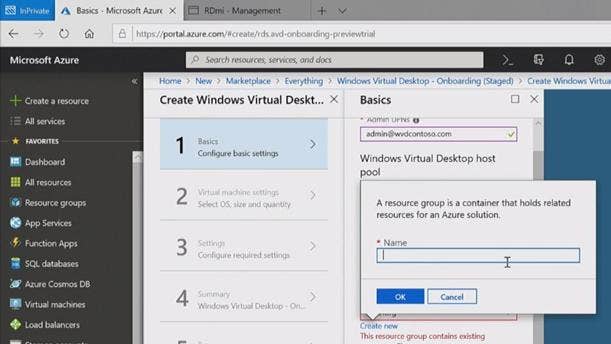
9. Windows Virtual Desktop
While the announcement didn't receive as much attention as other pieces of Microsoft news during the year, the launch of Windows Virtual Desktop was a big deal for Microsoft's channel partners. Windows Virtual Desktop reduces desktop virtualization complexities with a new virtualized Windows and Office experience on Azure--and quickly became a key addition to Microsoft's cloud offerings. "Customers have been chasing the idea of 'zero-touch' desktops for a long time," said Bob Ballard, principal cloud strategist at Germantown, Md.-based Planet Technologies. And Microsoft's Windows Virtual Desktop solution delivers on that promise with deployment that is practically "plug and play," Ballard told CRN. In client conversations, "almost every customer has talked about it," he said.
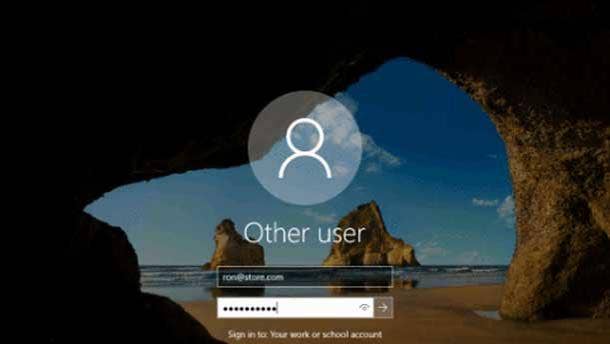
8. Windows 10 Woes
While this fall's updated Windows version was dubbed the Windows 10 October 2018 Update, in reality, it didn't roll out until November. After the new version debuted in early October, reports began appearing of users losing documents—such as photos and music—when the Windows 10 update was installed. Microsoft quickly paused the rollout, only resuming it in mid-November after the company "thoroughly investigated and resolved all related issues" from reports of user files being deleted.
Along with numerous enhancements for IT professionals in areas such as security and device setup, Microsoft has promoted the Windows 10 October 2018 Update as bringing a range of productivity improvements for users. Those include the Your Phone app, which lets Android users send texts from their phone on their PC, and also get access to phone photos and texts on their PC.
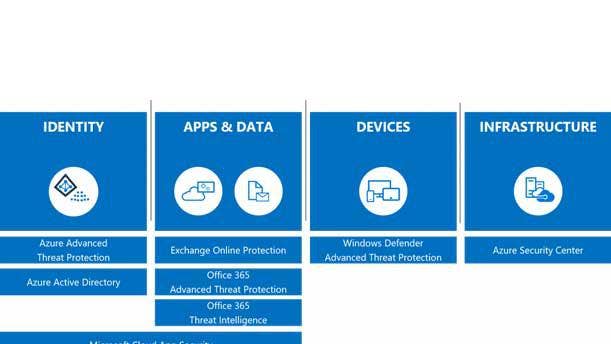
7. Doubling Down On Security
2018 saw "greatly improved integration between Microsoft products to deal with cyber threats," Opal told CRN. In the fall, Microsoft announced it was bringing Office, Azure and Windows threat protection solutions together into a single integrated offering called Microsoft Threat Protection. The offering serves as a comprehensive, end-to-end solution for detecting threats and remediating their impacts, the company said. Microsoft also looked to take its efforts around phasing out the password to a new level in 2018. The company began supporting login to the hundreds of thousands of apps that are connected to Azure Active Directory without the need for a password. The password-less login option is available via the Microsoft Authenticator app, which eliminates the need for a password with multi-factor authentication combining phone and fingerprint, face or PIN.
Overall, "Microsoft is a clear leader in cloud security," Microsoft CEO Satya Nadella said in April—citing "advanced" artificial intelligence that sifts through hundreds of billions of data points per month "to identify anomalies, automate detection and help customers respond to cyber threats."
Nadella also pointed to new Microsoft security services and features such as tools for automated threat detection and remediation, the Microsoft Secure Score to help organizations measure themselves on their security posture and an open API for connecting with products that use the Microsoft Intelligent Security Graph.

6. Windows Team Splits Up
In March, Nadella disclosed what would turn out to be Microsoft's largest reorganization of the year—with the splitting up of the company's Windows and Devices Group into two new engineering teams. One of the new groups, the "Experiences and Devices" team, was placed under the leadership of Rajesh Jha (pictured), who previously served as executive vice president of Microsoft's Office Product Group. The second group, the "Cloud and AI Platform" team, came under the leadership of Executive Vice President Scott Guthrie. Microsoft veteran Terry Myerson, who had been the executive vice president of the Windows and Devices Group, departed the company as part of the shake-up.
The move was a clear acknowledgement that Microsoft's Windows PC business has been eclipsed as a growth driver by the company's cloud businesses. In Nadella's words, the moves aimed to "accelerate our innovation and better serve the needs of our customers and partners long into the future."
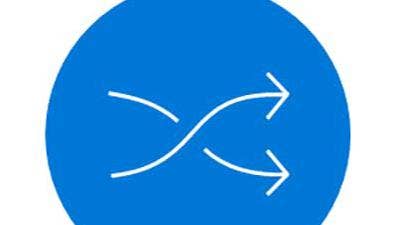
5. Dynamics 365 Accelerates
Revenue for Dynamics 365 — Microsoft's combination cloud CRM and ERP system — saw 65 percent growth during the company's fiscal 2018 (ended June 30), and 51 percent in the fiscal Q1 of 2019 (ended Sept. 30). "There is no better place to invest than in our Dynamics 365 business today," said Judson Althoff, executive vice president of Microsoft's Worldwide Commercial Business organization, during the Inspire partner conference in July. Updates to Dynamics 365 in 2018 included the introduction of new AI capabilities for sales professionals and, for partners, enhanced incentives and trainings.
In October, Nadella argued that Microsoft has an "architectural advantage" with Dynamics 365 over competitors such as Salesforce. The system "is much more modular, it's modern, it's extensible with [the Microsoft] Power Platform," Nadella said. "That gives us the ability to do things for customers and serve them in ways that are very differentiated."
With the battle heating up between Microsoft and Salesforce, "it's clear that Microsoft is trying to turn its LinkedIn acquisition combined with its Dynamics 365 platform into gold for partners, customers and of course, themselves," said Reed Wiedower, CTO of Washington, D.C.-based New Signature, in an email to CRN. "With Azure having established itself as the 'only' alternative to AWS that's real, I suspect we'll see a big focus in 2019 and beyond on gaining market share versus Salesforce, and trying to become the destination for business applications to live."

4. CSP Growth
Microsoft has made it a top priority in recent years to bring partners into its Cloud Solution Provider (CSP) program, used for procuring cloud services such as Office 365 and Azure on a monthly subscription. The push appears to be bearing fruit: During Microsoft's fiscal 2018, CSP revenue grew 234 percent compared with the previous year. And since then, "we've continued to see a lot of positive momentum on CSP," Microsoft Channel Chief Gavriella Schuster told CRN in October. "Our partners are just continuing to flock to CSP as really the core way that they want to do business with us."
Meanwhile, Microsoft reported that initiatives aiming to get its field sales teams to work more closely with solution providers around CSP are paying off, as well. In mid-2017, Microsoft had announced major incentives to reduce the conflict between selling CSP and selling a traditional Enterprise Agreement license. "At the beginning of the year, probably for every two opportunities, you'd have a conflict half the time. Now it's probably one out of 15," Schuster said.

3. GitHub Acquisition
In June, Microsoft announced its blockbuster agreement to acquire open-source code repository GitHub for $7.5 billion. The acquisition, which closed in October, brought Microsoft a platform used by more than 28 million developers to share code and work together on open-source projects. And with it has come a massive opportunity to "bring [Microsoft] tools and services to new audiences," Nadella said.
Importantly, the acquisition also underscored the major turnaround that's taken place in Microsoft's posture around open source. 2018 was the year of Microsoft "fully embracing open-source technologies – and contributing back to them in big ways," Wiedower told CRN. "There are still a few folks who think Microsoft isn't good – but this embrace, of Linux, open-sourcing .Net and PowerShell, and even using open source web-rendering, is a huge change of direction in a positive way that benefits everyone." Ultimately, the GitHub acquisition "really drives this home," he said.
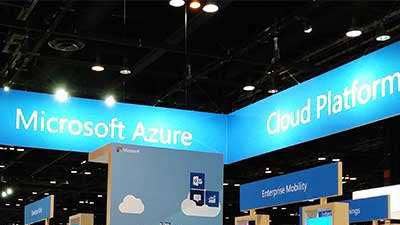
2. Azure Narrows The Gap With AWS
While Amazon Web Services continued to be the leader in public cloud infrastructure in 2018, Microsoft's Azure cloud platform gained ground—with its popularity in the enterprise posing an increasingly serious challenge to AWS. Synergy Research Group reported that in the realm of cloud infrastructure services—more than 80 percent of which comes from public cloud—Microsoft grew to 14 percent market share during the first three quarters of the year, up from 11 percent during the same period a year earlier. That represented a larger share gain than for AWS, which only added a point of share by growing to 34 percent from 33 percent, according to Synergy. In 2018, the "vast partner opportunity in Azure" has been a top highlight in the channel, Opal told CRN. Executives such as Schuster have been talking a lot about the Azure opportunity, and "we are seeing it," he said.

1. Cloud Business Surge
All in all, 2018 was a terrific year for Microsoft's business, driven by its growth in cloud. Commercial cloud revenue for fiscal 2018—which includes commercial Office 365, Azure and Dynamics 365—jumped 56 percent year-over-year, to $23.2 billion. Azure led the way with growth of 91 percent during that time period. The strong results continued during the first quarter of fiscal 2019, with commercial cloud revenue growth of 47 percent. In part, the momentum can be attributed to Microsoft's "architectural technology advantage around hybrid," Nadella said in October.
"We don't think of hybrid as some stopgap in the move to the cloud. We think about it as the coming together of distributed computing, where the cloud and the edge work together--for not just for the old workloads, but most importantly for new workloads," Nadella said. "This is a place where we're leading."